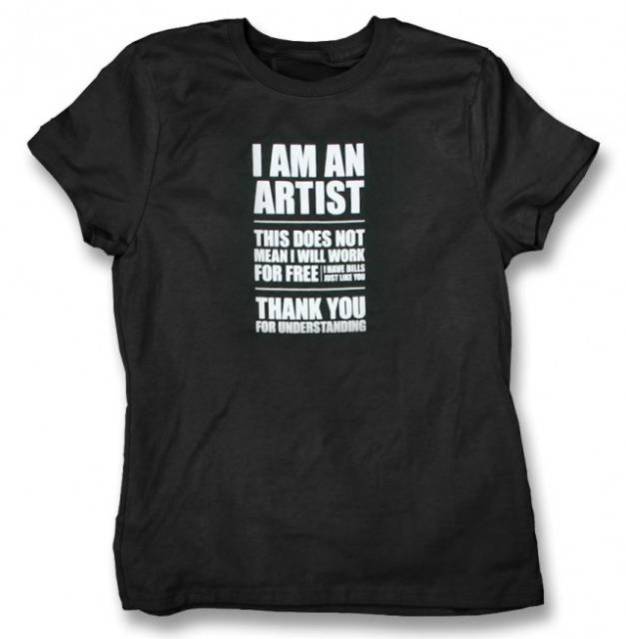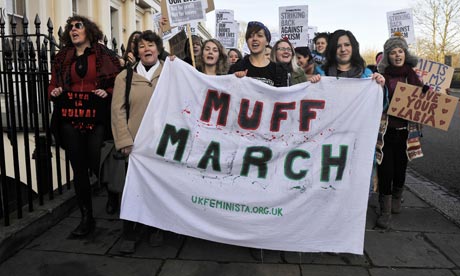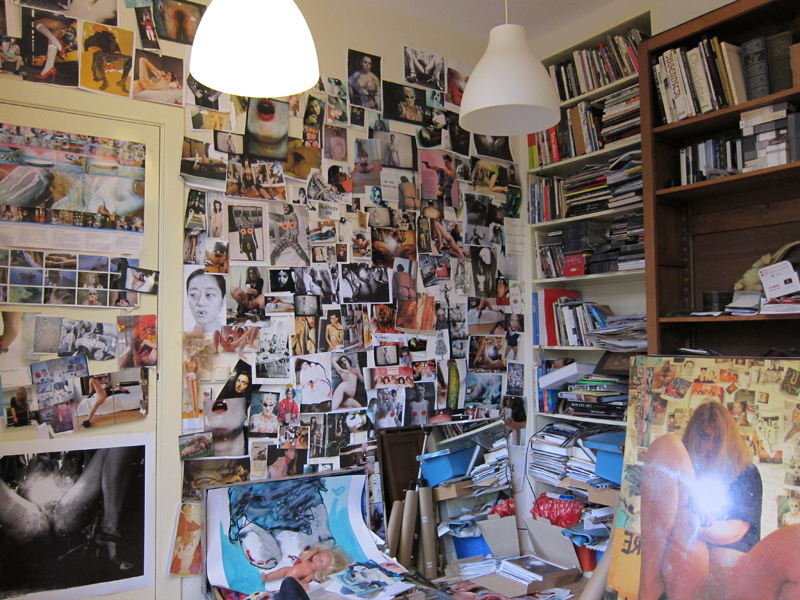Visited GOMA and was really intrigued by their current exhibition upstairs, downstairs featured a contemporary survey of sculpture featuring Karla Black and Andrew Miller amongst others, however, the video art upstairs blew me away.
Exhibition: Videonale.13 (Festival for Contemporary Video Art 2011)
Reynolds Reynolds
Six Easy Pieces
%20copy.jpg)
Image still from:
Six Easy Pieces
Length: 10min
Format: 16:9
(Originally exhibited in Germany, 2010 using 3 channels of HD video transferred from 16 mm and photo stills)
Six Easy Pieces is the last part of the Secrets Trilogy; a three-part cycle exploring the imperceptible conditions that frame life. According to Reynolds Reynolds website, the work is based on the book, “Six Easy Pieces: Essentials of physics explained by its most brilliant teacher” by Richard P. Feynman
The imagery was very fluid, almost like watching dancers, which was interesting because scientific and medical imagery were quite prominent. The filming itself is fascinating, the models actually look like they're vibrating and I'm wondering if it is because each frame is made up of thousands of images? Possibly, I just can't work it out yet. Use of sound was also very significant, it was the heart beat of the piece.
Following excerpt taken from
the Videonale's website
Time is the elusive entity that quietly percolates through our fingers. We have to impose a rhythmic order upon our existence – the sound of a clock, music with its beats and pauses, the ticking of machinery – since only this order allows us to sense the pulse of time as it flows. Reynold Reynolds uses “Six Easy Pieces: Essentials of Physics Explained by Its Most Brilliant Teacher”, a book by renowned physicist Richard P. Feynman as the scientific foundation for his artistic exploration of the issue of time. The artist juxtaposes imagery of scientific inquiry various measuring instruments and chemical equipment with organic matter, fish, flowers or with a human body, whose life span will inevitably come to an end, despite all of humankind’s scientific achievements. The video is inundated with traditional symbols of memento mori: mirrors that hint at the transitory nature of beauty; books that stand for the vanity of knowledge or a roulette wheel that reminds us of the unpredictable nature of life and death.
Reynolds, a former physicist himself, mixes together imagery of transformation and decay to stimulate the viewer's contemplation of the issue of time and to show that artists and scientists often prove to be accomplices in the process of making sense of the world.
OC
Interview:
► 1. Your video has been chosen among over 1700 festival entries to participate in Videonale 13. How central the video medium to your overall artistic production? Is it complimentary to other media you use or do you work exclusively with video?
I work with 16mm film and transfer it into digital stills that exist in the computer and shoot digital stills with a stop motion technique.
► 2. Is there a particular theme, concept or problem your art addresses the most?
Time and Space and the depiction of Time and Space.
► 3. What artists do you relate to or find significant for your own art-making?
Eadweard Muybridge, Marcel Duchamp, André Breton, and Stanley Kubrick for the dead artists.
The living ones: Robert Frank, Pierre Huyghe, David Lynch, and Miloš Forman.
► 4. Do you think the video medium can address social or political issues better than other art media?
It is the best medium for propaganda.
► 5. Art can be seen as a mirror that registers and reflects life or as a tool that transforms it. Which of the two positions is close to your own art-making philosophy?
As a mirror of the maker and viewer. Art can also register dead things; machines, corpses, not just life.
► 6. How do you understand success in an art-making career?
Making work that ages well.
► 7.What is the most difficult and the most rewarding thing about making art / being an artist?
The way people look at you when you say you're an Artist.
► 8.What are your upcoming projects?
A 1930's Berlin Film.
► 9. What do you do when you don't make art?
See art shows, watch movies, fill out forms.




%20copy.jpg)
